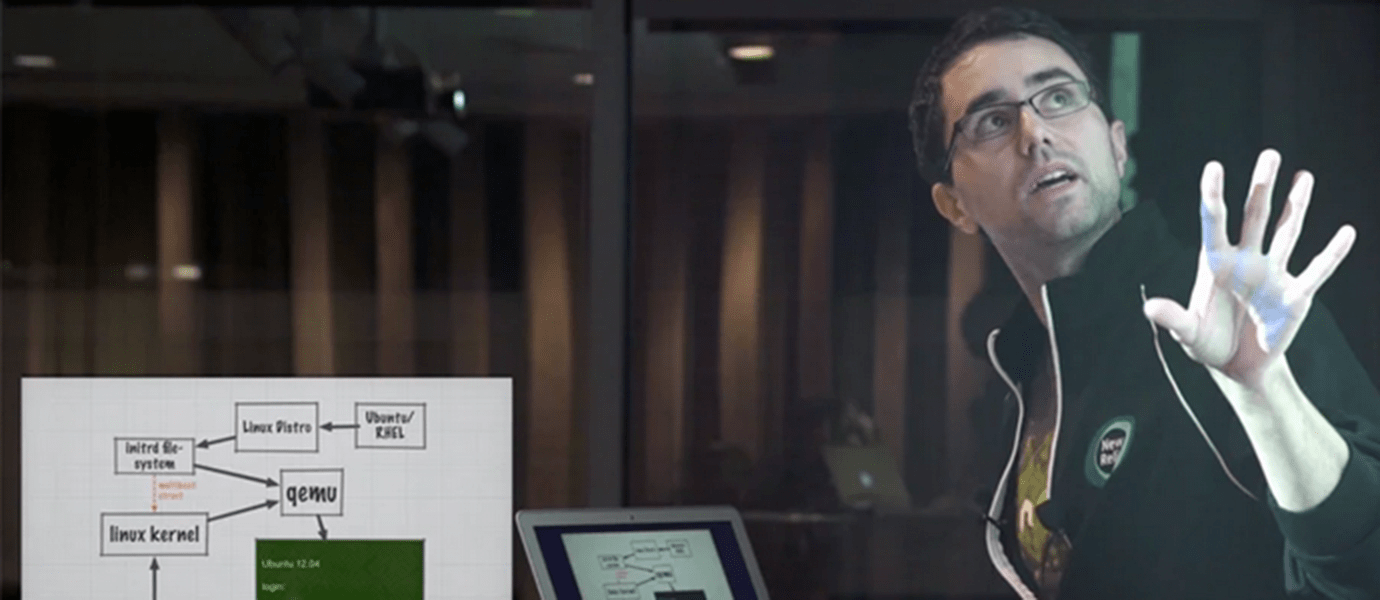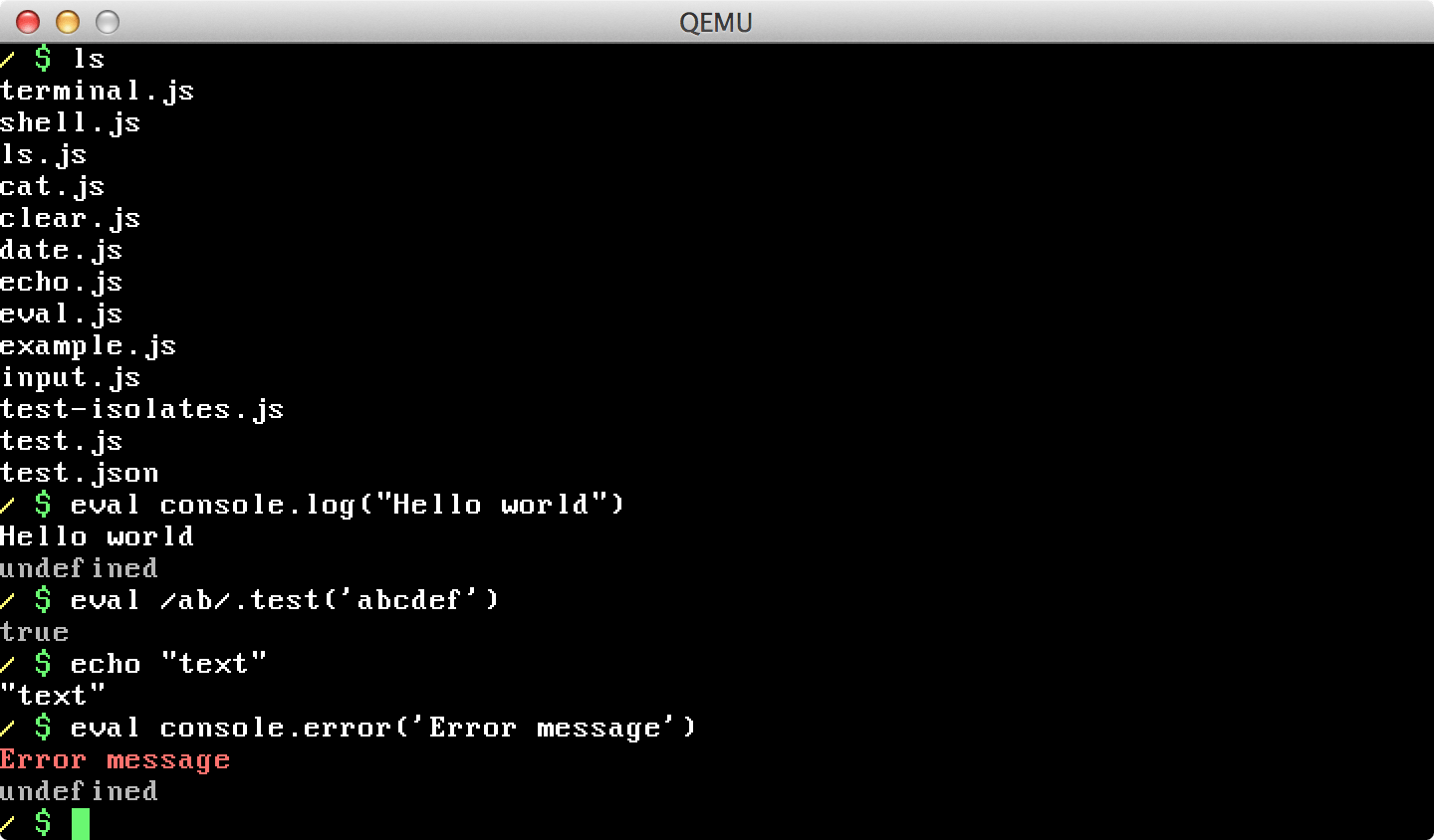IN THIS ARTICLE
Subscribe to Our Newsletter
JavaScript and the module ecosystem around node have created a culture of building. It wasn’t long ago that we stopped building, and were just configuring. Need a webserver, configure apache. Need a database, configure mysql. Today we don’t hesitate to build web servers, proxies, and even databases using the module ecosystem.
Enter: Runtime.JS, an operating system kernel built on V8 JavaScript Engine.
If we have our metal layer, the hardware layer, instead of Linux, we’re going to run Runtime.JS. Runtime talks directly to the hardware, to the X86. And on top of that, we have JavaScript. There’s no file systems, networking layer, or things you normally deal with when it comes to computer systems.
In the talk below, Jacob Groundwater of New Relic gives an introduction and live demonstration to Runtime.JS. In his talk, topics include:
- What is Runtime.JS
- How is Runtime.JS different than Docker? (3:27)
- How is it different from Linux? (3:53)
- What is QEMU? (4:27)
- How does Linux boot? (5:07)
- What is runtime-playground? (6:05)
- Value (7:47)
- How can I use Runtime.JS? (9:18)
- Will it run Node? (10:15)
- Can I write a webserver in runtime? (10:39)
- How to use the filesystem (11:15)
- Can it run on Raspberry Pi? (11:49)
- Live demonstration (13:03)
SF Node.JS Meetup: Jacob Groundwater, “Kernel Hacking with Runtime.js” from PubNub on Vimeo.









